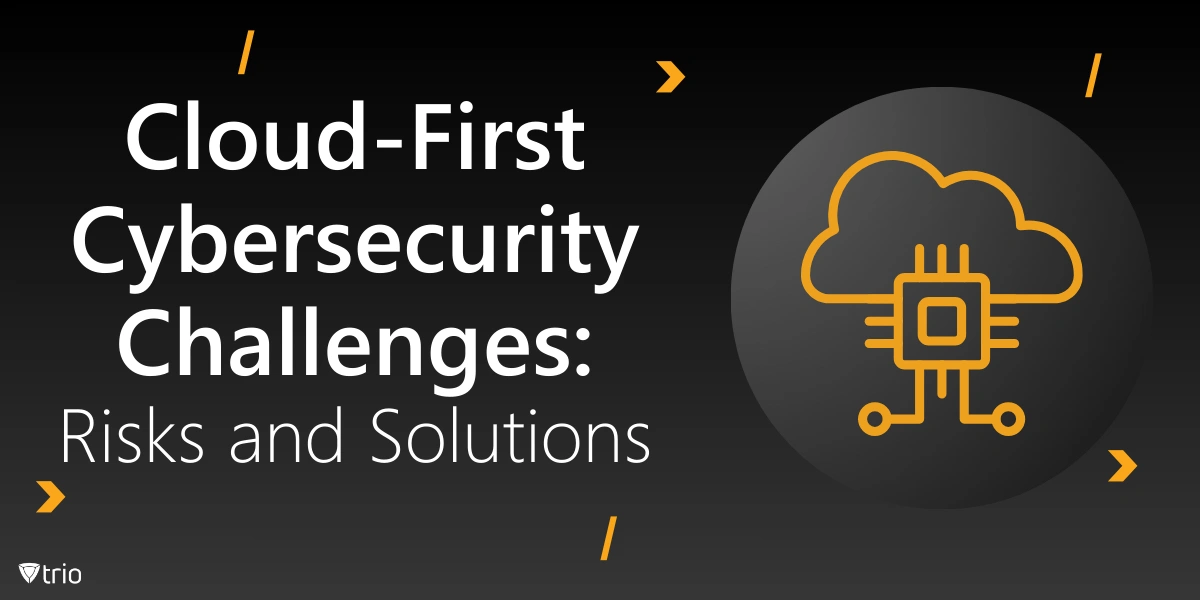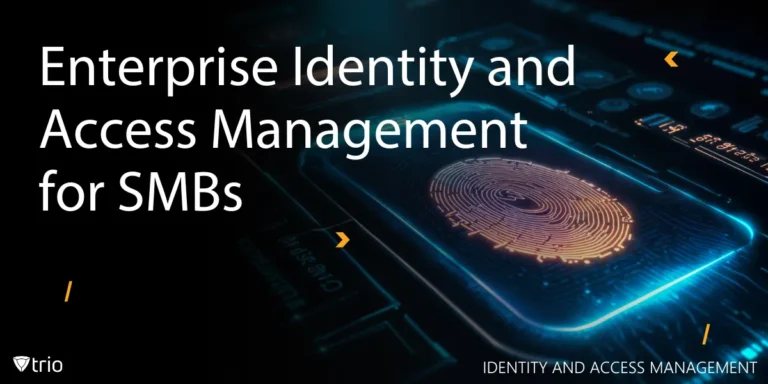Adopting a cloud-first strategy is no longer a choice but a necessity for modern organizations. It offers unparalleled scalability, flexibility, and cost efficiency. However, as businesses pivot towards cloud environments, cloud-first cybersecurity challenges emerge as significant hurdles. IT admins must tackle complex tasks, from managing identities to securing data, to maintain strong cybersecurity. In this blog, we explore the key challenges in cloud adoption and share how organizations can overcome them effectively.
The Expanding Attack Surface: A Cloud-First Problem
As organizations transition to a cloud-first approach, their digital footprint expands exponentially. This shift introduces a significant cloud security challenge: an increased attack surface. The more services and applications hosted in the cloud, the more potential entry points for cyber attackers. Traditional security measures often fail to provide adequate protection in this dynamic environment.
With the growing use of cloud-based services, maintaining consistent security policies across multiple platforms becomes difficult. IT teams face cloud-first problems like securing data across different environments and ensuring that only authenticated and authorized users gain access. Misconfigurations open the door to potential exploits, making it essential for IT teams to adopt strong cloud infrastructure security measures.

Identity and Access Management (IAM): A Core Component of Cloud Security
One of the primary challenges of cloud adoption is managing digital identities effectively. With the proliferation of cloud services, ensuring that every user is authenticated and authorized is critical. IAM systems are pivotal in implementing access control, yet they bring their own complexities. Businesses must manage identity across diverse cloud applications while preventing unauthorized access.
To address this, organizations often implement multi-factor authentication (MFA) and leverage directory services to strengthen identity verification. However, integrating IAM systems into cloud platforms can be challenging. IT teams need to ensure that their IAM strategy aligns with cloud migration strategies, implementing an identity fabric solution that seamlessly connects users to the services they need without compromising security.
Data Protection and Compliance: Cloud-First Problems in a Regulatory World
Data protection remains one of the most daunting cloud-first cybersecurity challenges. Cloud platforms store vast amounts of sensitive information, making them prime targets for cybercriminals. A data breach can have severe consequences, from financial loss to reputational damage and legal repercussions. To prevent breaches, organizations must focus on data encryption, secure access, and comprehensive compliance strategies.
However, achieving data protection is complicated by the nature of cloud environments. Data is often stored across multiple regions and jurisdictions, complicating cloud asset management and making it difficult to comply with data privacy regulations. Managing identity data and ensuring compliance with standards like GDPR, HIPAA, and ISO 27001 requires robust IAM systems and a comprehensive cloud infrastructure entitlement management strategy that enhances security while meeting regulatory requirements.
The Human Factor: User Behavior and Cloud Security Challenges
Even with advanced technologies in place, human error remains a significant challenge in cloud security. Poor user behavior, such as weak passwords, sharing credentials, or falling for phishing scams, can easily compromise a cloud environment. Despite implementing multi-factor authentication (MFA) and robust IAM systems, user negligence can still lead to unauthorized access and data breaches.
Training users on cloud security best practices and regularly updating them on emerging threats can help mitigate risks. Additionally, organizations can use identity-based access controls and behavioral analytics to monitor user activity. By understanding user behavior, IT teams can identify anomalies and respond swiftly to potential threats. This proactive approach helps reduce the risk of unauthorized access and supports effective cloud infrastructure security.

Implementing Zero Trust: Fabric and Zero Trust for Cloud-First Cybersecurity
The traditional perimeter-based security model no longer suffices in a cloud-first world. To tackle cloud security challenges, many organizations are adopting a Zero Trust architecture. This model assumes that every request, whether internal or external, is a potential threat until proven otherwise. The integration of an identity fabric solution and Zero Trust principles can effectively manage digital identities and enforce strict access control policies.
In this context, an identity fabric enables seamless, secure access across cloud environments by unifying identity data and directory services. It works together with Zero Trust to ensure that every user and device must be authenticated and authorized before gaining access. This approach enhances security by reducing the attack surface and minimizing the risk of unauthorized access, a common issue seen in cloud misconfiguration scenarios.
How Trio Helps Overcome Cloud-First Cybersecurity Challenges
Trio, a simplified MDM solution, can help businesses address cloud-first cybersecurity challenges effectively. Trio offers features that streamline identity and access management, secure asset management, and provide centralized control over all devices connected to the cloud environment.
With Trio, IT teams can implement multi-factor authentication (MFA), manage identity across various cloud applications, and ensure that only authenticated and authorized users have access. Trio's integration capabilities with IAM systems and directory services enable organizations to enforce strict access control policies, preventing unauthorized access and mitigating risks of a data breach. It also supports cloud cost management by optimizing resource usage while enhancing security.
Ready to experience seamless cloud security? Book a free demo of Trio today and enhance your organization's cybersecurity strategy!
Conclusion: Overcoming Cloud-First Cybersecurity Challenges with Strategic Planning
The shift towards a cloud-first strategy is inevitable for most businesses. However, it brings a unique set of cloud security challenges that cannot be ignored. By focusing on strong identity and access management, implementing multi-factor authentication (MFA), and adopting a Zero Trust approach, organizations can overcome these hurdles. Investing in robust solutions like Trio can further enhance your business’ security posture, enabling you to reap the full benefits of the cloud while minimizing risks.
Get Ahead of the Curve
Every organization today needs a solution to automate time-consuming tasks and strengthen security.
Without the right tools, manual processes drain resources and leave gaps in protection. Trio MDM is designed to solve this problem, automating key tasks, boosting security, and ensuring compliance with ease.
Don't let inefficiencies hold you back. Learn how Trio MDM can revolutionize your IT operations or request a free trial today!





